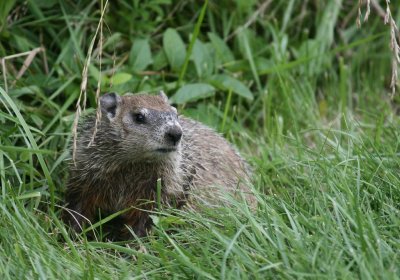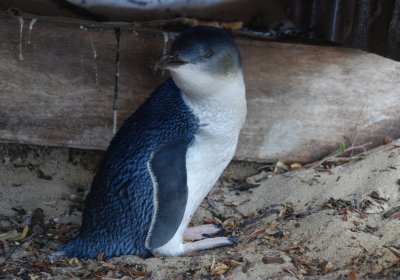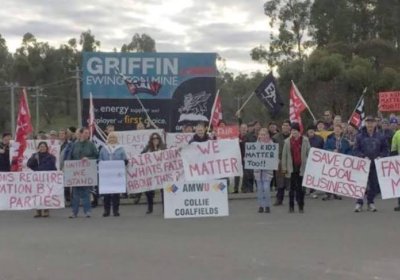 Hume Coal is about to lodge plans for a massive coalmine that, if approved, will be the first large scale coking coal mining operation in the Southern Highlands. The coal will be destined for POSCO's steel mills in South Korea. Hume Coal is fully owned by POSCO.
Hume Coal is about to lodge plans for a massive coalmine that, if approved, will be the first large scale coking coal mining operation in the Southern Highlands. The coal will be destined for POSCO's steel mills in South Korea. Hume Coal is fully owned by POSCO.
Climate crisis
 Hume Coal is about to lodge plans for a massive coalmine that, if approved, will be the first large scale coking coal mining operation in the Southern Highlands. The coal will be destined for POSCO's steel mills in South Korea. Hume Coal is fully owned by POSCO.
Hume Coal is about to lodge plans for a massive coalmine that, if approved, will be the first large scale coking coal mining operation in the Southern Highlands. The coal will be destined for POSCO's steel mills in South Korea. Hume Coal is fully owned by POSCO.
Australia recently gained an unenviable title: perhaps the first country to lose a mammal species to climate change. The Bramble Cay Melomys, a native rodent found on one tiny sand island in the remote northern regions of the Great Barrier Reef, reportedly became extinct after rising seas destroyed its habitat.
The chief investigator for Coral Watch Justin Marshall who spent a week this month conducting surveys on the reefs around Lizard Island has said parts of the Great Barrier Reef are suffering from “complete ecosystem collapse”, as fish numbers plummet and surviving corals continue to bleach.
He said: “The lack of fish was the most shocking thing. I was seeing a lot less than 50% of what was there [before the bleaching]. Some species I wasn’t seeing at all.”
Two Aboriginal elders were arrested at a protest against multinational mining company Rio Tinto blasting at the Mount Thorley-Warkworth coalmine in the Hunter Valley on July 18.
Wonnarua elders Kevin Taggart and his sister Pat Hannson were arrested after telling police they would not move from the side of Putty Road.
Residents of the village of Bulga are protesting against the expansion of the Mount Thorley-Warkworth mine, the closure of Wallaby Scrub Road and the destruction of Aboriginal and European cultural heritage.
A joint review by Resistance: Young Socialist Alliance members.
This year's Students of Sustainability (SOS) conference, organised by the Australian Student Environment Network (ASEN), took place in Musgrave Park, Brisbane on Jagera and Turrbal country July 7-11. SOS started in Canberra in 1991 and is the longest running, annual student conference in Australia.
Western Australia’s marine environment is unique. It has two world heritage areas, the largest fringing coral reef in Australia and more than a thousand kilometres of underwater forests, supporting incredible wildlife, important fisheries and tourism.
A 700 kilometre stretch of mangrove shoreline in the Gulf of Carpentaria has died, James Cook University Professor Norm Duke told the Australian Mangrove and Saltmarsh Network Conference in Darwin in early July.
Duke, a spokesperson for the Australian Mangrove and Saltmarsh Network, said the scale and magnitude of the loss was "unprecedented and deeply concerning" and he had no doubt the dieback was related to climate change.
 The Mt Thorley-Warkworth "final void" is too expensive to fill in.
Early this month mining giant Rio Tinto sold its mothballed Blair Athol coalmine to a tiny ASX-listed company called TerraCom for $1. Rio Tinto had been trying to sell the mine since it closed in 2012.
The Mt Thorley-Warkworth "final void" is too expensive to fill in.
Early this month mining giant Rio Tinto sold its mothballed Blair Athol coalmine to a tiny ASX-listed company called TerraCom for $1. Rio Tinto had been trying to sell the mine since it closed in 2012.
Maintenance workers at Griffin Coal and their supporters held a protest outside the Fair Work Commission (FWC) in Perth's CBD on July 5.
They called for a stay on the commission's decision to terminate the recent enterprise bargaining agreement between the Australian Manufacturing Workers Union (AMWU) and the company, citing the latter's alleged unprofitability.
Griffin Coal claims to be surviving only due to financial support from its parent company, Lanco Infratech.
The 70 workers, who work at Collie in WA's south-west, face a 43% pay cut if the FWC's decision were to stand.
The hole in the ozone layer was first discovered in 1985 by scientists from the British Antarctic Survey, who described how ozone levels above the Antarctic were steadily dropping compared to the previous decade. This was quickly recognised as a severe environmental problem — and the culprit was identified as the unchecked use of chlorofluorocarbons (CFCs).
A growing number of local councils and universities are divesting from financial institutions that invest in fossil fuel extraction. This is a great credit to climate change campaigners around the country. It points the way forward towards the even greater shift in investment priorities that we will need to make if we are to stop catastrophic runaway global warming.
The Victorian Labor government has announced an “ambitious and achievable” Victorian Renewable Energy Target (VRET). This target will commit the state to generating 25% of its electricity from renewable energy by 2020, and 40% by 2025.
- Previous page
- Page 117
- Next page









